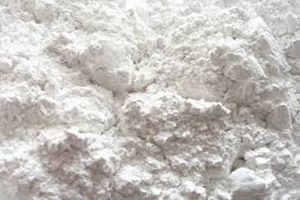
There are three main crystal structures of calcium carbonate: calcite, aragonite and vaterite. Among them, the thermodynamically stable crystal form is calcite, and the most unstable is vaterite calcium carbonate. However, due to the special spherical structure of vaterite, which has the advantages of high specific surface area and large porosity, the preparation of spherical calcium carbonate has become a research hotspot. It is found that stable vaterite calcium carbonate can be prepared by adding some crystal form regulators.
There are two commonly used vaterite preparation methods: CO2-Ca(OH)2 carbonization method and Ca2+-CO32- double decomposition method. Since the rate of the carbonization method depends on the low dissolution rate of CO2 in water, the yield of vaterite obtained by the carbonization method is not high. The metathesis method has attracted widespread attention because of its high yield and simple reaction, but it is often necessary to add crystal form regulators to stabilize its crystal form and morphology. Among them, the soluble crystal form regulator can regulate the crystal form, morphology and size of calcium carbonate.
Soluble crystal form regulators mainly include soluble small molecules, polymers, and water-soluble surfactants. Tan Tingting et al. used soluble small molecule boric acid as a crystal form regulator to prepare calcite-type spherical calcium carbonate by metathesis reaction, and found that boric acid had a great influence on the morphology, crystal form, and particle size of calcium carbonate.
